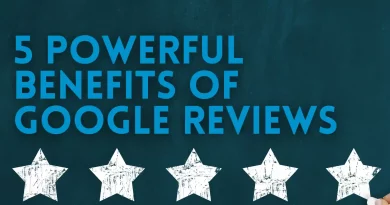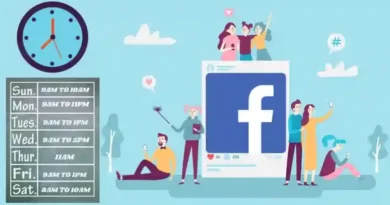Optimizing Your Social Media Routine: A Guide to Daily Posting Times
In the world of social media, timing is a critical factor in determining the success of your posts. Knowing when your audience is most active can make the difference between a post that gets lost in the digital noise and one that resonates with your followers. This guide will help you optimize your social media routine by providing insights into daily posting times for maximum impact.
Why Daily Posting Times Matter
Understanding the significance of daily posting times is essential for a successful social media strategy:
1. Audience Engagement
Posting at the right time ensures that your content reaches your audience when they are most active and engaged. This increases the likelihood of likes, comments, and shares.
2. Algorithm Favorability
Social media algorithms often prioritize recent and relevant content. Posting when your audience is online maximizes the chances of your content being seen and promoted by these algorithms.
3. Competing for Attention
Social media platforms are bustling with activity throughout the day. Posting at strategic times can help your content stand out amid the competition.
Identifying Your Audience’s Active Hours
To determine the best daily posting times for your specific audience, consider the following steps:
1. Analyze Platform Insights
Most social media platforms provide insights and analytics that reveal when your followers are most active. Take advantage of these tools to identify peak activity hours.
2. Conduct Audience Surveys
Engage with your audience directly by conducting polls or surveys. Ask them about their preferred times for consuming content on social media.
3. Monitor Competition
Observe when your competitors are posting and when they receive the most engagement. While you shouldn’t replicate their strategy entirely, this can offer valuable insights.
Daily Posting Time Recommendations
While optimal posting times can vary based on your audience and industry, here are some general recommendations for popular social media platforms:
1. Facebook:
- Weekdays: Mid-morning (9 AM to 11 AM) and mid-afternoon (1 PM to 3 PM).
- Wednesday: Particularly strong engagement is often observed.
2. Instagram:
- Weekdays: Lunchtime (11 AM to 1 PM) and evenings (7 PM to 9 PM).
- Wednesday: Consistently shows higher engagement.
3. Twitter:
- Weekdays: Late morning (10 AM to 11 AM) and after work hours (7 PM to 9 PM).
- Wednesday and Thursday: Typically perform well.
4. LinkedIn:
- Weekdays: Late morning (10 AM to 11 AM) and midday (12 PM to 1 PM).
- Tuesday and Wednesday: Known for higher engagement.
5. Pinterest:
- Weekdays: Late evening (8 PM to 11 PM) and weekends.
- Saturday morning: Often sees increased activity.
6. TikTok:
- Weekdays: Late afternoon and early evening (3 PM to 6 PM).
- Friday and Saturday: Strong engagement, especially in the evening.
Remember that these are general guidelines, and your specific audience may have different preferences. Regularly review your analytics to fine-tune your daily posting times.
Creating a Consistent Posting Schedule
Consistency is key to a successful social media routine. Once you’ve determined the optimal posting times for your audience, create a posting schedule that aligns with these times. Consider the following tips:
1. Plan in Advance
Use content calendars and scheduling tools to plan and prepare your posts in advance. This ensures a consistent flow of content.
2. Automate Posting
Leverage automation tools like Buffer, Hootsuite, or social media platform scheduling features to automatically publish posts at your chosen times.
3. Delegate Responsibilities
If you have a team, delegate responsibilities for content creation, scheduling, and engagement to ensure a seamless posting routine.
4. Monitor and Adjust
Regularly review your analytics to assess the performance of your posts. Adjust your posting schedule as needed based on audience behavior and engagement patterns.
Challenges and Considerations
Optimizing your daily posting times may come with challenges, including:
- Time Zone Differences: If your audience spans multiple time zones, consider segmenting your content and scheduling posts to accommodate various regions.
- Platform Changes: Social media algorithms and user behavior can evolve. Stay updated and be ready to adapt your strategy.
- Content Quality: Posting at the right time won’t yield results if your content isn’t engaging or relevant. Focus on content quality alongside timing.
Conclusion
Optimizing your social media routine with a well-planned posting schedule can significantly boost your online presence and engagement. By understanding your audience’s active hours, adhering to recommended posting times, and maintaining consistency, you can make your social media strategy more effective and efficient. Ultimately, the goal is to reach your audience when they are most receptive and create a meaningful connection with your brand.




